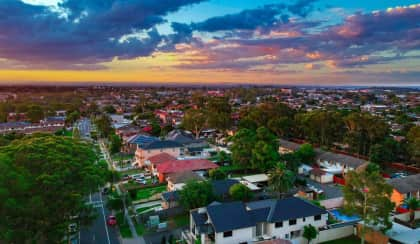Mortgage holders stagger under sky-high loan repayments
The average Australian home loan repayment now requires 45 per cent of household income.

Housing affordability has hit new lows, with three Australian states recording a decline in affordability over the September quarter.
The Real Estate Institute of Australia’s (REIA) latest Housing Affordability Report found that Australians with home loans were bearing the burden of the 4.35 per cent cash rate.
REIA president Leanne Pilkington said: “The proportion of income required to meet the average loan repayment increased to 45.5 per cent.”
She reported that in NSW, Queensland and South Australia, housing affordability declined. The largest affordability decline nationwide was in South Australia, where the proportion of income required for a home loan increased by 0.7 per cent.
However, it was not all bad news: for home owners in Victoria, Western Australia, Tasmania and the Northern Territory, housing affordability improved somewhat over the spring quarter. The NT saw a 1.1 per cent decrease in proportion of income needed for mortgage repayments, the largest improvement of any state or territory.
Nevertheless, the number of new first home buyers dropped 5.4 per cent over the September quarter, with the largest decrease (17.2 per cent) seen in the ACT.
Ms Pilkington revealed: “The average loan size to first home buyers increased to $503,082. This was an increase of 0.9 per cent over the quarter and 4 per cent over the past 12 months.”
Meanwhile, the average home loan size overall was $592,140, a 1.5 per cent increase on the Q2 loan size. Ms Pilkington shared that “over the quarter, the average loan size increased in all states and territories except Victoria and the NT”.
Owner-occupier loans experienced a particular decline, with owner-occupier dwelling loans dropping 4.1 per cent over the September quarter and 12.1 per cent over the last year.
For renters, the housing affordability picture was equally bleak. Ms Pilkington cited the rising costs of a “previously very affordable rental market” as one of the key features of the September quarter.
“Rental affordability declined with the proportion of income required to meet median rent increasing by 0.5 percentage points to 23.6 per cent,” said the REIA president.
“Rental affordability declined in NSW, Victoria, Queensland and South Australia, but improved in Western Australia, Tasmania, the NT and the ACT,” she stated.

